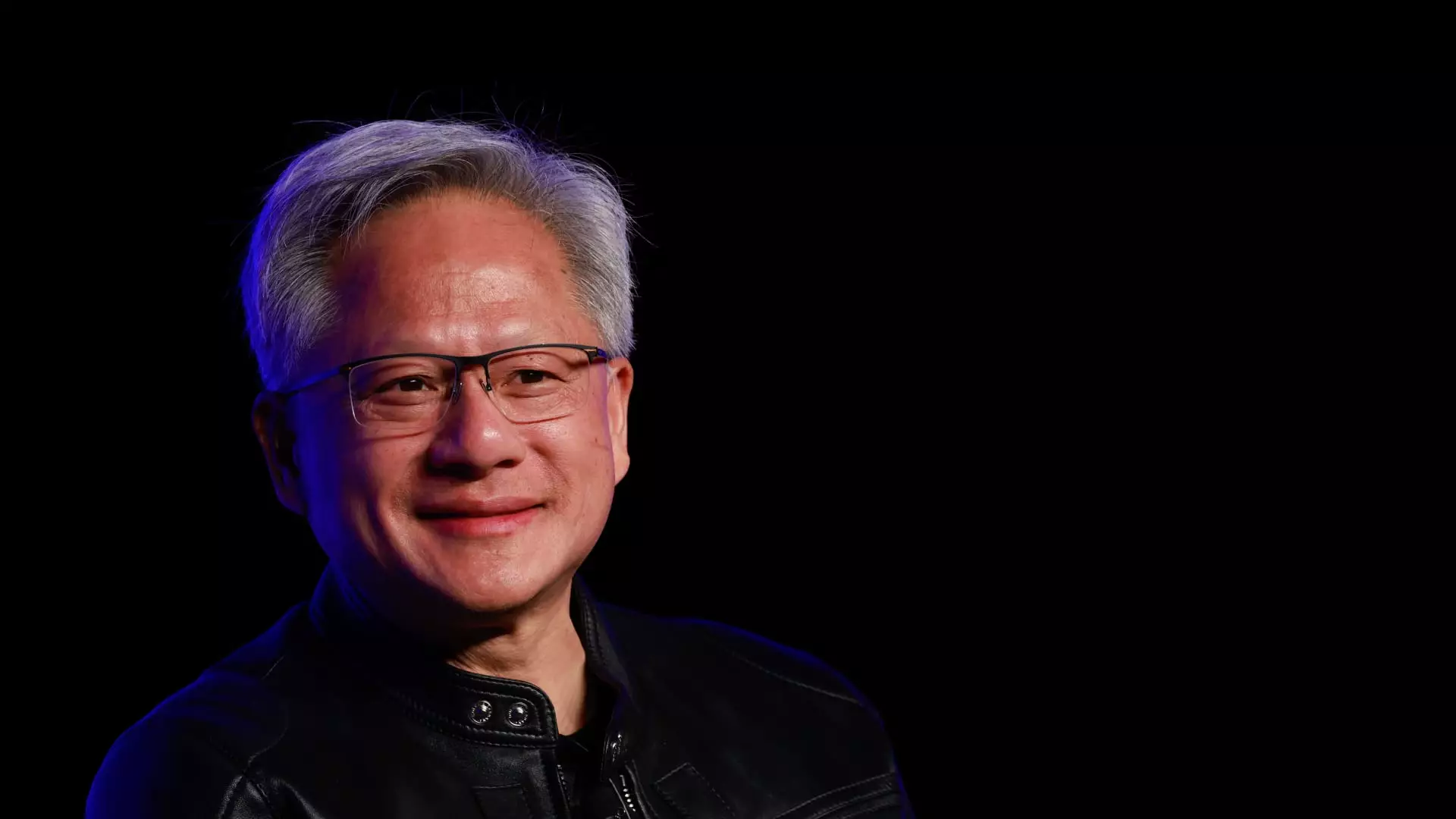Artificial Intelligence (AI) is indeed touted by many as a transformative force in the 21st century, with Nvidia CEO Jensen Huang leading the charge for its acceptance. His assertions, most notably labeling AI as the “great equalizer,” deserve a critical examination, particularly as we navigate an increasingly complex and polarized digital landscape. Huang’s claim that this technology simplifies programming to the point where even a child can engage highlights a deeply important discourse on accessibility. However, it’s crucial to scrutinize whether AI genuinely democratizes technology or merely shifts barriers from traditional programming languages to new forms of technological literacy.
For years, programming was confined to an elite group trained in complicated syntax and algorithms. With the advent of conversational AI, the narrative has changed; asking AI systems to perform tasks in everyday language appears revolutionary. However, what Huang may overlook is the reality that while many can grasp “human” as a programming language, not everyone has equal access to technology or the internet, let alone the literacy skills required for proficient interaction with these systems. Thus, while AI alters the skills required for tech-related tasks, it does not effectively eliminate the systemic inequalities that exist.
Is Language Truly Enough? Contextual Nuances of Human Understanding
“Everybody knows ‘human’,” Huang proclaims, a statement that raises eyebrows in a time when language remains a key barrier for many. interactions with AI hinge on the assumption of a shared contextual understanding, which is often absent in today’s diverse society. While children may quickly adapt to conversational AI, one must ask: do all children or communities possess the same level of language proficiency or cultural context to interact effectively with these tools? AI runs the risk of perpetuating biases inherent in its training data, potentially leading to miscommunications that can further alienate marginalized populations.
The touted capabilities of AI to generate poems or assist in creative tasks are impressive, but they beg a larger question: Are we relinquishing our creative agency to algorithms? Encouraging individuals to ask nicely, as Huang suggests, may be a quest for simplicity, yet it threatens to undermine the importance of human creativity and its messy, imperfect nature. Relying on AI as a crutch in creative endeavors risks diluting the emotional richness that inherently comes from human expression.
The Double-Edged Sword: Embracing Change While Managing Fear
Embracing AI’s potential to enhance productivity is nuanced. Huang cites companies like Shopify, Duolingo, and Fiverr, all of which have started to integrate AI into their operations. This is undoubtedly a step forward for efficiency and innovation. However, it simultaneously raises existential concerns among workers regarding job security. The rapid integration of AI into the workforce has led to a proliferation of “horror stories” surrounding job displacement, which cannot simply be dismissed as mere dystopian fear-mongering.
As we navigate these transitions, we must challenge the rhetoric of unfettered optimism that often surrounds technological advancement. A shift that should be celebrated can also evoke anxiety, especially for those who fear that their livelihoods depend on their current skill sets, which might become obsolete. Huang encourages us to engage with AI actively — and while this is astute advice, it also places the onus on employees to adapt rather than on organizations to provide support during transitions.
The Future of Work in an AI-Driven World
Huang’s call for engagement aligns people with the future of technology, yet it crucially requires a strong ethical framework. The integration of AI must be paired with educational initiatives that prepare future generations for this new interface. We need to promote not just technological acceptance, but also digital literacy standardized across socio-economic backgrounds. The narrative cannot solely hinge on an enthusiasm for innovation; it requires a consensual understanding of the implications of employing these tools in our daily lives and workplaces.
The transformative potential of AI is undeniable. However, it cannot merely be viewed through an optimistic lens devoid of scrutiny. Rather than championing a narrative that suggests equality is inherently arrived at through AI, it’s vital to engage in a discourse that examines how to ensure equitable access and skills development in this changing landscape. AI can indeed be a powerful equalizer if nurtured holistically; otherwise, it risks becoming yet another tool that reflects and amplifies existing societal inequalities.

